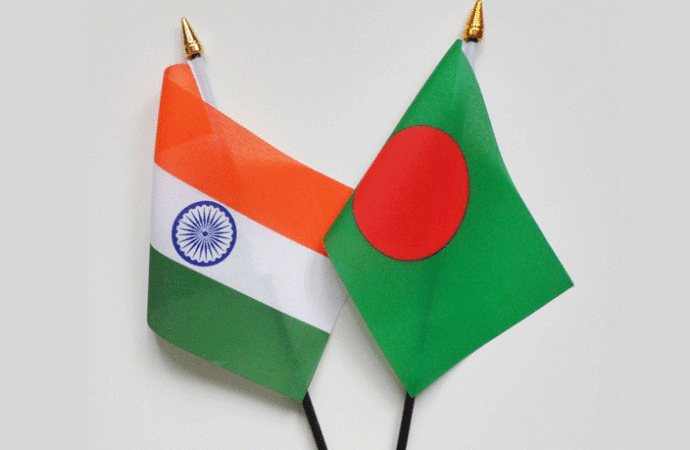The Daily Star

The economic growth rates posted in recent years were revised downwards but the size of the economy expanded thanks to a new base year adopted by the Bangladesh Bureau of Statistics (BBS).
For example, Bangladesh’s gross domestic product (GDP) grew at a pace of 8.15 per cent in fiscal 2018-19, the highest on record, as per the base year 2005-06. But the growth rate fell to 7.88 per cent as per the new base year of 2015-16.
A base year is a benchmark with reference to which national account figures such as GDP, gross domestic saving and gross capital formation are calculated.
According to the new base year, Bangladesh was an economy of Tk 34,840 billion in current prices in FY21, up 15.7 per cent from Tk 30,111 billion as per the previous base year.
In constant prices, it stood at Tk 27,939 billion in FY21 as per the new base year, up from Tk 12,072 billion as per the old base year, according to a document of the BBS.
In terms of dollars, the GDP size stood at $409 billion in the last fiscal year if Tk 85 per USD exchange rate is taken into account. Per capita income rose to $2,554 in FY21 as per the new calculation, which was $2,227 as per the old one.
Speaking to The Daily Star, Prof Shamsul Alam, state minister for planning, said the adoption of the new base year should have been done earlier.
Although economic growth has fallen as per the new base year, it has painted the real picture of the economy.
“The size of our economy is huge, and the new base year will reflect it,” he said, adding that a real scenario would allow the government to make more informed policy decisions.
Zahid Hussain, a former chief economist of the World Bank’s Dhaka office, also welcomed the new base year.
He said timely revisions to data on GDP and its components determine the accuracy of national account estimates and their comparability across countries.
With the finalisation of the new series, Bangladesh will be ahead of all other Saarc countries in terms of the recency of the national account’s base year.
Only the Maldives (2014) and India (2011-12) come close, while Pakistan (2005-06) and Sri Lanka (2010) are well behind.
“Improved data sources increase the coverage of economic activities as new weights for growing industries reflect their contributions to the economy more accurately,” said Hussain.
The last revision was done in 2013.
The size of the agriculture, industry and services sectors has expanded as per the new base year.
The new base year uses data on about 144 crops while computing the contribution of the agriculture sector to the GDP, which was 124 crops in the previous base year.
The gross value addition by the agriculture sector rose to Tk 4,061 billion in current prices in the last fiscal year, up from Tk 3,846 billion in the old estimate, the BBS document showed.
The industrial sector saw the addition of the data on the outputs of Ashuganj Power Station Company, North-West Power Generation Company, Rural Power Company, cold storage for food preservation, Rajshahi Wasa, and the ship-breaking industry.
In the new base year, the gross value addition of the sector stood at Tk 11,362 billion in FY21 while it was Tk 8,944 billion as per the old base year.
The BBS also carried out surveys to cover the contribution of various new services.
The data about growing ride-sharing services, privately run motor vehicles, national flag carrier Biman, private carriers US-Bangla and Novoair, private helicopter services, Bangladesh Submarine Cable Company, motion pictures, cinema halls, new banks, mobile financial services, agent banking, and private healthcare services were included.
The sector’s value addition increased to Tk 18,098 billion in FY21 compared to Tk 16,144 billion from the old base year.
In a positive development, the investment-GDP ratio rose to 30.76 per cent in the last fiscal year compared to 29.92 per cent in the old base year of 2005-06.
A BBS official said the new base year would be used while calculating the GDP and other figures from now on.









